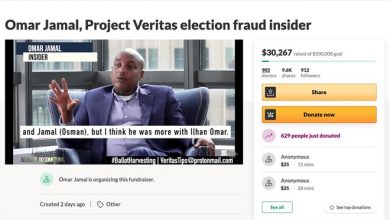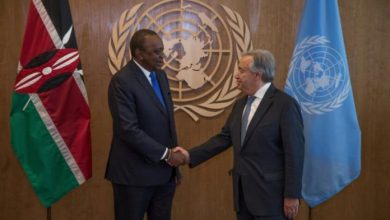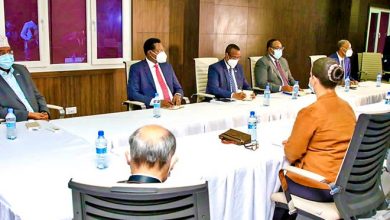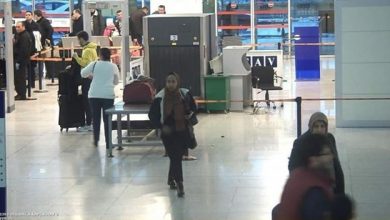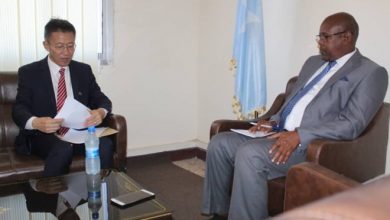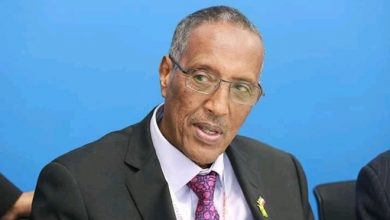Minnesota Somalis get a national forum on NPR’S 1A
Somali life in Minnesota got a national audience Thursday when the NPR program 1A highlighted the community and its stories.
Somali life in Minnesota got a national audience Thursday when the NPR program 1A highlighted the community and its stories.
1A was recently at the Safari Restaurant and Event Center in south Minneapolis, interviewing people on a variety of issues related to the Somali experience in Minnesota.
That included Nadia Mohamed, a candidate for St. Louis Park City Council. She recalled coming to the United States as a girl, ignorant of the way people couch race in this country.
“I knew I was a practicing Muslim,” she said. “I knew I was a woman. But I didn’t know I was black.”
She learned quickly, and by high school went through a time where she denied to her peers that she’d lived in Somalia as a way to assimilate. Eventually, Mohamed said she felt empowered when she chose to regularly wear a hijab.
“This is a shield for me,” she said. “When I walk into Target or Cub Foods, people know right away I am a Muslim. I don’t have to explain anymore of it.”
Mohamed also recalled getting a noticeable response from her peers when she chose not to wear her hijab during high school prom.
“I remember people saying, ‘You look so pretty! Oh, your hair is so nice!’” she said. “Wasn’t I pretty before?”
Halima Ahmed, a Hamline University student and co-leader of the campus Muslim Student Association, also said she felt pressure to assimilate with the white majority of students growing up. That would change as she matured and became more comfortable with who she was, she said.
“For me, my hijab is part of my identity,” Ahmed said. “For those of us who choose to wear it regardless of the challenges we face, it just makes that feeling all the more strong.”
Haji Yussuf, who came to the U.S. in 1999 and moved to St. Cloud, spoke about how his knowledge of the U.S. before then amounted to rap videos, Rambo films and Chuck Norris movies that he saw growing up.
That’s not exactly what he got when he came here.
“Our biggest wow moment was how cold it got in Minnesota,” Yussuf said.
He recalled appreciating the public service announcements on public transportation in the early 2000s, notifying the Minneapolis community how Somalis were relocating to the city and were welcomed.
Yussuf also paid homage to the American civil rights movement that he said paved the way for Somalis like himself to immigrate to the country decades later.
Tension from the national level
President Donald Trump and his attacks against Ilhan Omar and immigrants overall came up during the discussion.
Jaylani Hussein, executive director of the Council on American-Islamic Relations Minnesota, explained how right now is a very unique time in history where the concept of what is American is being challenged and attacked by Trump.
“I argue what is happening to Minnesota U.S. Rep. Ilhan Omar is what is happening to Muslims across the country,” he said.
Hussein, who came to Minnesota from Somalia in 1993, praised Minnesotans for their “gentle friendliness” and said the majority of them are good people. He also emphasized that attacks against his community amounted to “organized hate from a small minority,” referring particularly to the 2017 bombing of a Bloomington mosque by several Illinois men as an example.
But Hussein also saved criticism for silence from Minnesotans “against these small groups of people,” which he argued amounted to a form of complicity.
He praised the resiliency of Minnesota’s Somali community and said one unique thing about the Twin Cities was its “visibility of the Muslim community.”
“I’m looking forward to the day when people come to Minnesota and say, ‘I want a sambusa,’” he said.
Panelists sometimes disagreed on the topic of whose responsibility it was to teach white Minnesotans about their culture and heritage.
“Where is the line?” said Mohamed Issa Barre, who works for Hennepin County. “You came here, it is your responsibility to teach. Since we are here, it is our responsibility to tell.”
Barre, who came to the United States in late 1995, said he uses art to get non-Somali and Somali neighbors to know each other.
Ubah Jama, a teacher in St. Paul public schools who attended the panel discussion, said she was tired of educating people in Minnesota who did not know where Somalia was located on the map.
“When I came here from Somalia, I knew where the White House was,” she said. “I knew who the president was.”
At the end of the discussion, Johnson told each panel member to say what question they wished people would ask them more.
Mukhtar Ibrahim, editor and executive director of Sahan Journal, who also participated in the panel, said he wished more people would ask him about Islam. That way, he said he would get the opportunity to tell people about “how beautiful it really is … I think that it’s the most misunderstood religion in America.”
